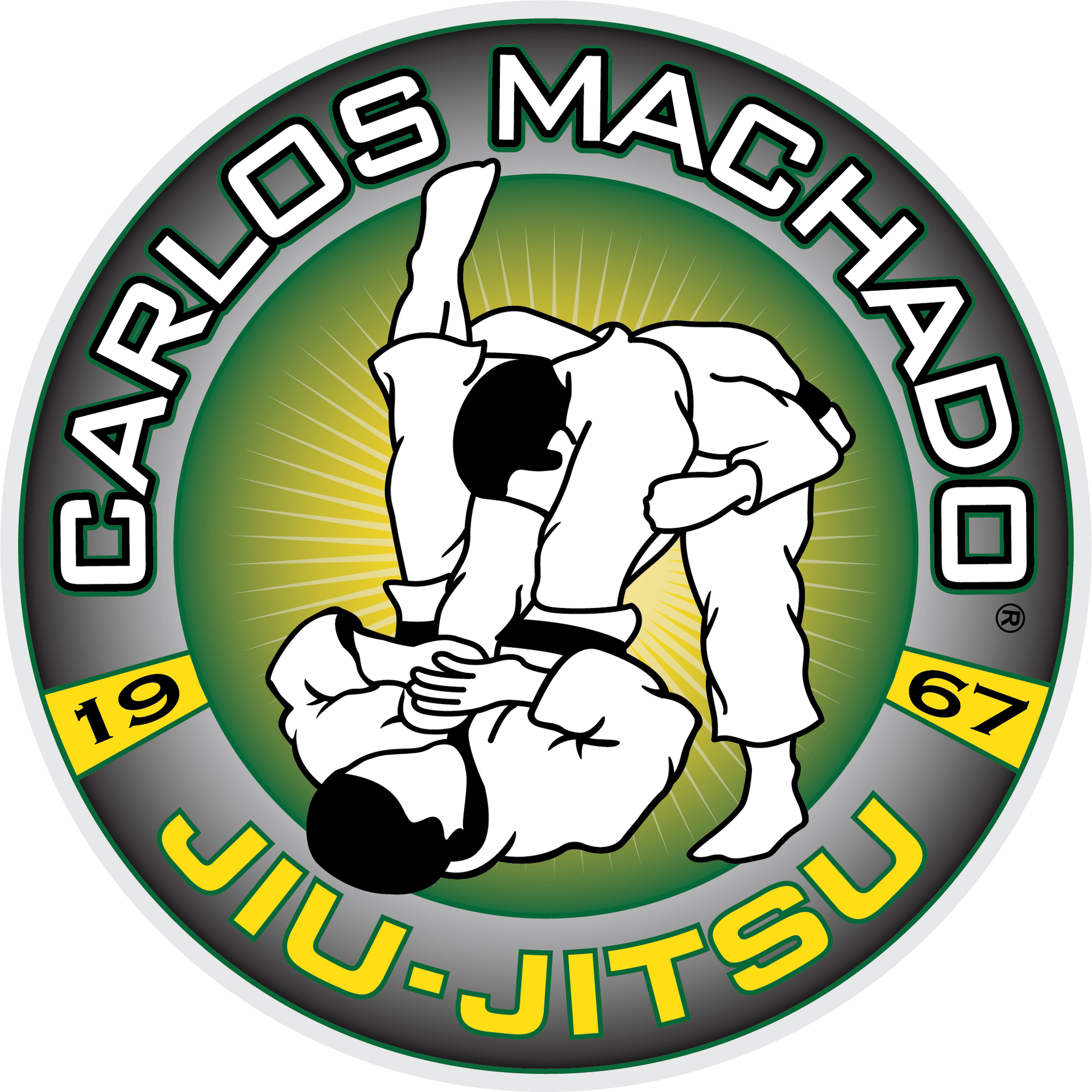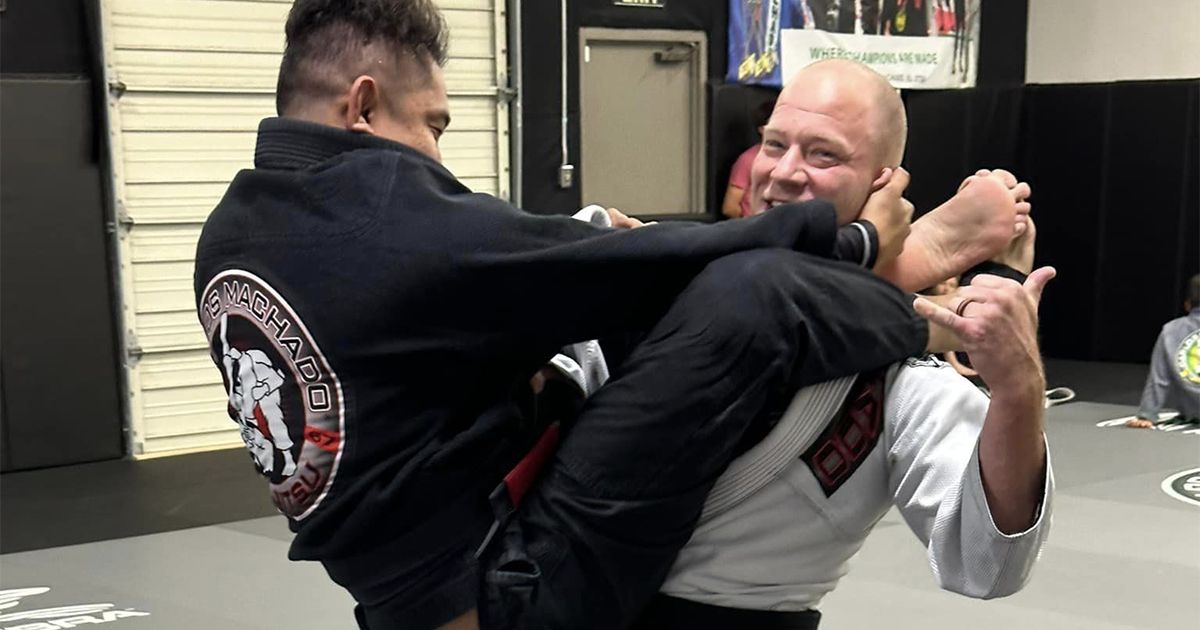How to Train Brazilian Jiu-Jitsu for Life: The Art of Pacing
If you are a Brazilian Jiu-Jitsu (BJJ) practitioner, you probably know how rewarding and challenging this art can be. You also know that BJJ is not a sprint, but a marathon. It takes time, dedication, and patience to master the skills and techniques that BJJ offers.
But how do you train BJJ for life? How do you avoid injuries, burnouts, or plateaus? How do you deal with different sizes, ages, and levels of opponents? How do you keep your motivation and passion high?
One of the most important skills that you need to develop is the art of pacing. Pacing is the ability to control and adjust your speed, intensity, and strategy according to the situation. Pacing is what allows you to train smarter, not harder. Pacing is what makes you last longer, learn faster, and perform better.
In this blog post, I will share with you some tips on how to pace yourself in BJJ, and how it can benefit you in many ways.
Pacing for Learning
One of the greatest equalizers in BJJ, when it comes to the battle of the ages between the younger and the older student, when all learning is happening at the same time, lies on how you strategize the pacing.
It is not something unknown that when you learn how to pace, you can maximize your possibilities and increase your opponents' liabilities. Slow and steady has always proved to be the best pace, not only because it allows continuing effort but also prevents interruptions due to injuries or burnouts.
But how do you pace yourself for learning? How do you make sure that you are absorbing and applying the information that you receive from your instructor or your training partners?
One of the best methods that I use and teach is reverse engineering. This is a method that consists of teaching or learning the end first, and then going backwards to the beginning.
For example, if I want to teach or learn an arm bar from the mount, I don't start by showing or practicing the setup or the transition. I start by showing or practicing the finish, the grip breaking part before extending the joint into submission. I let myself or my student feel how it is to complete the move, how to apply pressure, leverage, and angle. I let them experience the satisfaction of locking the arm and tapping their partner.
Then, I go back to the previous step, the transition from the mount to the arm bar. I show or practice how to isolate the arm, how to swing the leg over the head, how to control the posture and position. I let myself or my student practice this step until they can do it smoothly and confidently.
Finally, I go back to the first step, the setup from the mount. I show or practice how to create an opening, how to bait their partner, how to secure their grips and hooks. I let myself or my student drill this step until they can do it instinctively and effectively.
By learning or teaching in this reverse order, I help myself or my student connect the dots more easily and quickly. They already know where they are going and what they are doing. They just need to fill in the gaps and polish their execution.
This method works for any technique or sequence in BJJ, from the simplest to the most complex. It gives me or my student a clear vision of the goal and the outcome. It also helps me or my student feel the technique, not just see it or understand it.
Pacing for Performance
Another aspect of pacing is related to performance. How do you pace yourself when you are sparring or competing? How do you deal with different sizes, ages, and levels of opponents? How do you use your energy wisely and efficiently?
In dealing with different size training partners, do I need to change the technique when I go against a bigger opponent? The answer will be “it depends”!
In the scheme of things, the only difference when you’re dealing with unequal sizes is the strategy and the pace in which you implement the technique. It is not a secret that the first practitioners of Brazilian Jiu-Jitsu were often at a disadvantage when it came to size. Their strategy could only work if they first ensured wearing out their opponents before subduing them.
Nowadays, with the advent of regulated Jiu-Jitsu tournaments with specific formats that include time limits and scoring rules criteria, size will definitely matter more.
In normal circumstances, a smaller person could take longer to try to apply a move, waiting for the time in which their opponent showed signs of fatigue and slowed down.
Also, when two partners share equal knowledge, size will matter even more.
This is often a strategy very common in boxing matches in which you’re gonna have quick starters
and long runners. A case in point could be exemplified by Conor McGregor versus Floyd Mayweather, in which McGregor started strong and fast for the first six rounds, and showed signs of slowing down after the seventh. From that point on Floyd Mayweather, which was maintaining a certain pace for the first half of the match, started to increase the pace and increase the aggression. This is not a secret in jiu-jitsu either.
Some tournaments are formatted with longer time limits, or rules that favor going for submissions rather than scoring points.
With that said, on average, how would someone benefit the most in making their jiu-jitsu last for a lifelong journey?
Often, practitioners of jiu-jitsu, whether competitors or hard-core mat rats, will eventually fall prey to the effects of time and cumulative damage to their bodies, if the intensity of the training surpasses the body’s ability to recover. This is true in any sport and jiu-jitsu is not an exception.
We have here an example point, the infamous L5 vertebrae. That’s a very common and almost across the board injury that several jiu-jitsu practitioners are susceptible to. The very nature of their style, in which it is not unusual for some to spend quite some time on the bottom, dealing with pressure and twisting motion against their joints (lower back in particular), it becomes very clear that as time goes on the body will show the signs of its cumulative damage.
How to avert that is the real question! The slow and steady approach is an effective way for learning, going to the shallow, and then diving in the deep and dark waters of knowledge, that along with structured instruction and enough mat time will catapult skills.
Those who use that approach of a better pace as their main strategy can afford to go for longer rounds without sustaining the increasing wear and tear so pervasive amongst long term practitioners. In doing so, one can likely train without interruption, and train in the way that they will always be able to keep on training. Jiu-jitsu is not a 100m dash, it is a marathon with no distance limit. If you are to cross the finish line, rest assured another one will arise on the horizon.
Pacing for Enjoyment
The last but not least aspect of pacing is related to enjoyment. How do you pace yourself to enjoy your training and your journey? How do you avoid injuries, burnouts, or plateaus? How do you keep your motivation and passion high?
Does getting older mean losing functionality and abilities? Never!
The older you get, the more experienced you get, the more effective you become. Older does not mean limited, older means smarter. Learning how to pace before outpacing an opponent is a sign of wisdom.
However the mats are unforgiving. If you’re not wise from the start, it doesn’t matter how wiser you may become at a later time since your body will be a casualty of your earlier years in which you didn’t know any better.
Having the right approach from the start will only guarantee amongst other things that you are going to go further, that you are going to be steady, and that you are likely to outlast many of those who may now even have a head start on you.
Jiu-jitsu is not a quick fix, it’s not a shortcut, and definitely is not a small feat.
If you’re going to last longer, thrive, and become highly skilled, you have no choice but to play it smart from the start.
One of the most fun times that I have is when I watch the older crowd handle the young guns. There’s a saying that always goes like this: I wish I knew now what I should have known then. You don’t want to have that thought in your head once you have an ache in your body that prevents you from rolling. Be smart from the start, go slow and steady, choose your training partners well, learn how to optimize your training, take good care of your training partners, and above all take good care of yourself.
Final Thoughts
BJJ is more than just a sport or a hobby - it's a science and an art that can transform you in many ways. It can make you stronger physically, mentally, and emotionally. It can teach you valuable lessons that apply to all aspects of life. It can help you achieve your goals and dreams.
But remember, BJJ is not about how fast or how far you go - it's about how well and how much you learn. And learning requires consistency, persistence, and dedication.
So if you want to train BJJ for life, use pacing as your secret weapon. Control and adjust your speed, intensity, and strategy according to the situation. Train smarter, not harder.
Train longer, learn faster, perform better.
Now, go do some training, the mat is waiting for you!
Written By: Carlos Machado - 8th Degree BJJ Coral Belt





